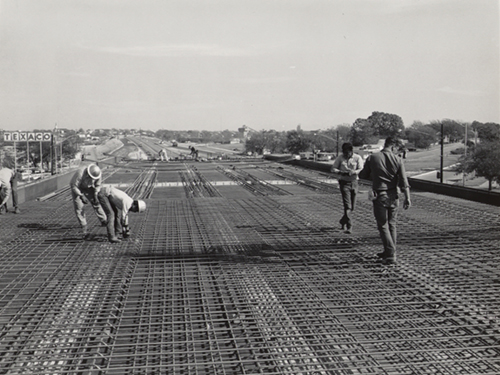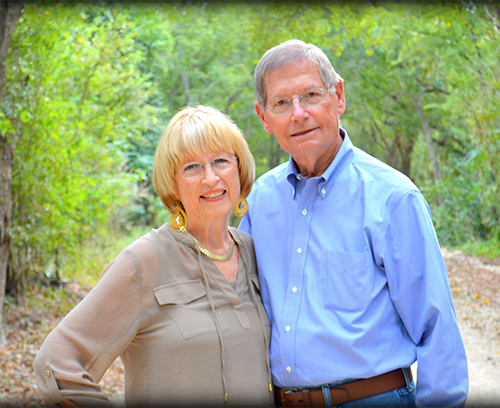Almost daily, Henry Jezek, 75, is reminded of his summer job with the Texas Highway Department in 1964. Now, from his Certified Public Accountant (CPA) business on West Avenue H in Temple — just blocks from I-35 — he can see the same areas he helped survey more than half a century ago.
“Prior to being IH 35, it was called US Highway 81, and our five-person crew was responsible for surveying the area that would become the Temple portion of the interstate,” Jezek remembers.

In Central Texas, I-35 was completed in stages. The first sections of the highway in Bell County, between Temple and the Falls County line, were completed in 1957. Jezek’s surveying work in 1964 was the basis for the I-35 expansion in the city limits of Temple, which would eventually join the completed interstate to the north.
Jezek was 22 years old when he accepted the 10-week-long summer job. He was good at math and understood why they needed to gather all the data, especially elevation. He still remembers some of the terminology he used and the process of obtaining the coordinates for the two- or three-mile area he surveyed, from Midway Drive to the railroad crossing to the north.
Jezek’s main job was to hold the marked surveying rod so the chief surveyor — who was looking through a telescope mounted to a transit level — could see and record elevation figures. Other crew members measured distance.
“We started our work from a benchmark, a location that was marked with known coordinates and elevation,” Jezek explains. “We would then work our way along the proposed construction route, gathering data, staking out reference points. We had to be back at zero by the time we made our way back to the benchmark. Otherwise, we knew we’d done something wrong and would have to do the process all over again.”

He jokes that the surveying method was so antiquated that “it was probably the same way Lewis and Clark did it for their exploration” of the western portion of the United States between 1804 and 1806.
Once all the data were collected by Jezek and his colleagues, calculations had to be done by hand, which were used by highway designers to map out the proposed interstate. The resulting blueprint was then used by construction crews to build I-35.
“What I remember the most about our work that summer was how little traffic there was, and the few businesses there were,” he says. “Highway 81 was a four-lane divided highway; there were no exit or entrance ramps. If you wanted to get across the road, you simply drove from one side to the other across a grass median.”

Jezek says safety was not much of an issue back then. His crew did not wear reflective vests or even hardhats. Traffic was light during that time.
“It’s funny, but I remember thinking at the time — with the work we did on the survey crew in 1964, we’d solved all the problems for I-35 and no other changes would ever be needed,” he says.
Following his summer job, Jezek was drafted into the U.S. Army, completing two tours in Vietnam and eventually achieving the rank of colonel. He went back to school, changing his major from engineering to accounting. He’s been a CPA in Temple for more than 30 years.
Jake Smith
I-35 Public Information Officer
254-867-2705
Contact My35